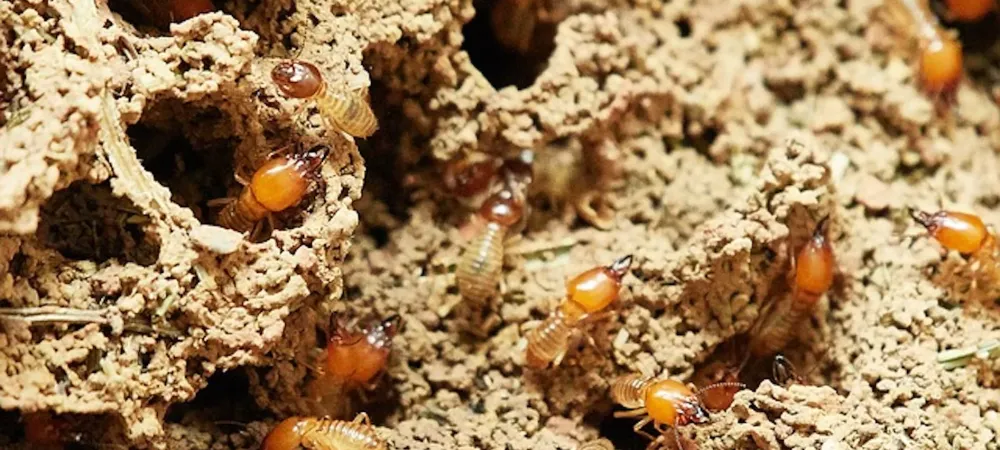Termite Damage vs Water Damage

Knowing how to tell the difference between termite damage and water damage is crucial for homeowners. Both can cause significant damage to a property if left untreated. By learning the distinctive characteristics of each type of damage, homeowners can take appropriate action and save on costly repairs.
The damages that termites can cause are often confused with water damage. Termite damages may include:
- Buckling of wood
- Warped floors
- Swollen ceilings
- Cracks in your walls or on the floors
- Doors and windows that are no longer opening and closing correctly
If you are noticing any of these signs, especially in areas where water damage is just not probable, you need to have your home immediately inspected for termites.
How to Look for Termite Damage
First things first, keep an eye out for any suspicious signs:
- Are there small holes in your walls or ceilings?
- Do you notice any sagging floors or loose tiles?
These could be telltale signs of termite damage lurking beneath the surface.
Take a closer look at your wooden structures:
- Do you see any tunnels or galleries carved into the wood?
These sneaky little critters love to create intricate patterns as they feast on your precious belongings. It's like they're throwing a termite party without your permission!
Check for any discarded wings lying around. Yes, you heard that right. Termites shed their wings like a snake sheds its skin. So, if you stumble upon a pile of wings, it's a clear sign that these unwanted guests have been feasting on your property.
Check the exterior of your home:
- Are there any mud tubes crawling up your foundation?
These tube-like structures are the termites' secret passageways, allowing them to travel undetected from their underground nests to your beloved abode. It's like they're playing a game of hide-and-seek, but you're the one losing out.
How to Tell if You Have Termite or Water Damage
Water damage can be identified by visual cues such as discoloration, peeling paint, and water stains on walls or ceilings. These signs are often caused by leaks, plumbing issues, or faulty drainage systems. Mold or mildew growth is another indicator of water damage, as excessive moisture creates a breeding ground for these fungi. Properly addressing the water source and fixing any leaks are imperative in preventing further damage.
If you hear clicking or tapping sounds coming from your walls or furniture, it could be a result of termites. Similarly, a sharp and musty odor emanating from infested areas may indicate termite activity.
Determining the Source of Damage
Examining the location of the damage can also help in differentiating between termite and water damage. While water damage is typically found closer to the source of water, termite damage tends to occur in wooden structures or furniture, where termites thrive. Identifying the source of the damage is essential for effectively treating the issue and preventing further harm.
Consulting a Professional Exterminator
When in doubt, it is always advisable to consult a professional termite exterminator or water damage restoration specialist. At RichPro, our technicians have the expertise and experience to accurately assess the situation and provide appropriate recommendations. Timely intervention can save homeowners from extensive repairs and financial burdens.
